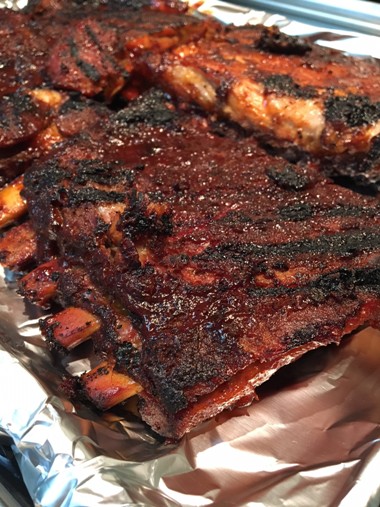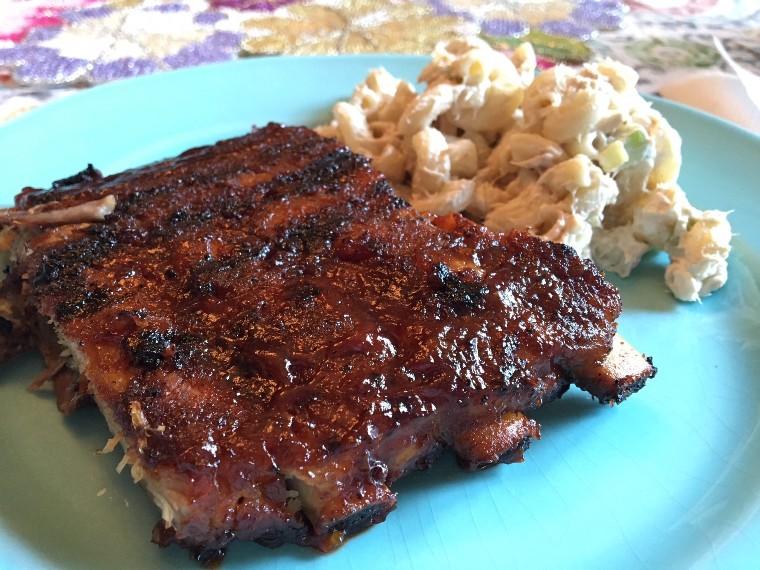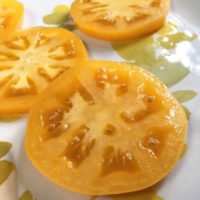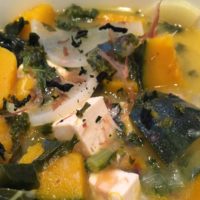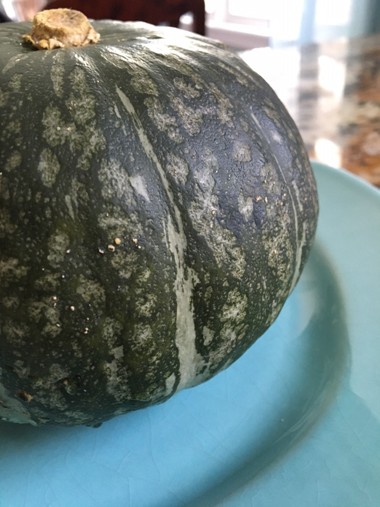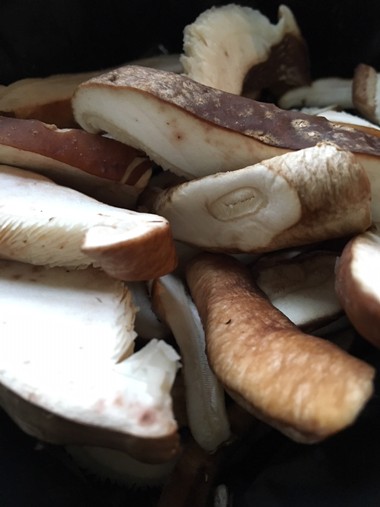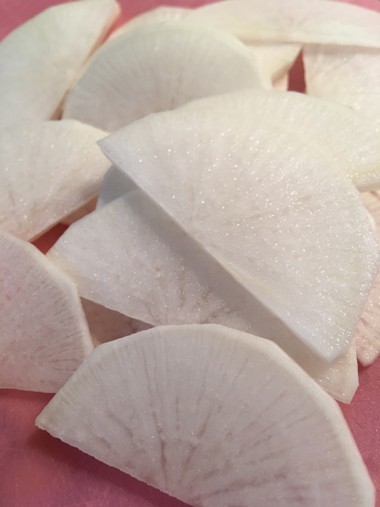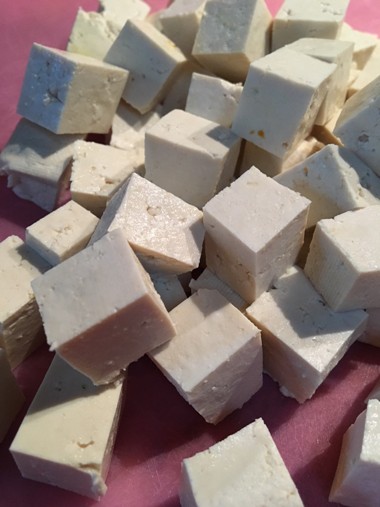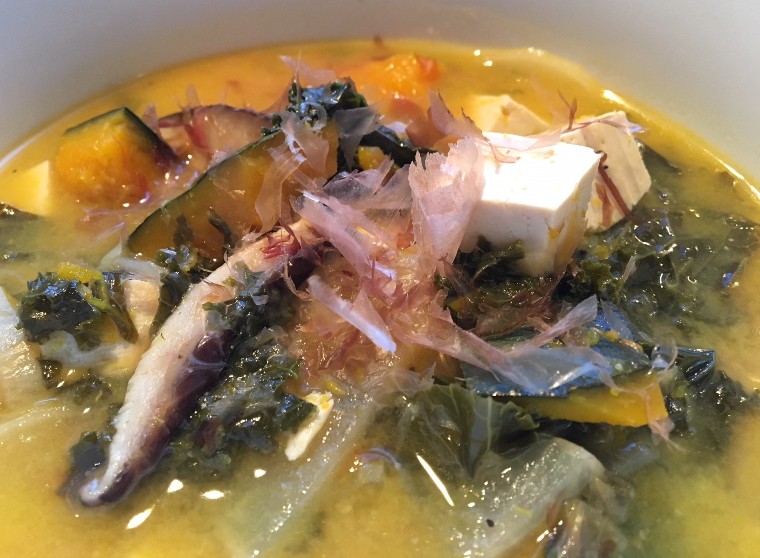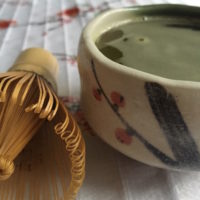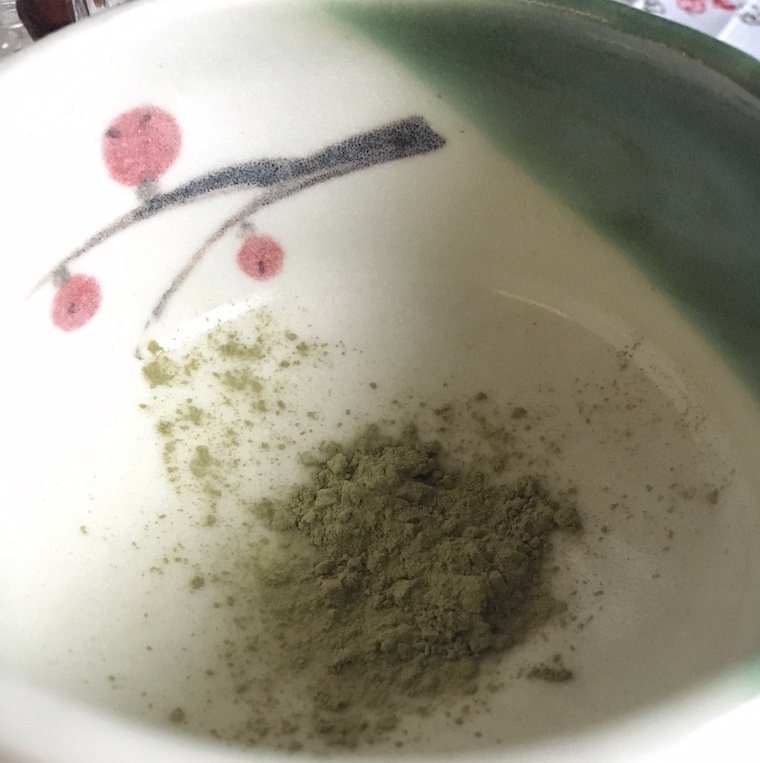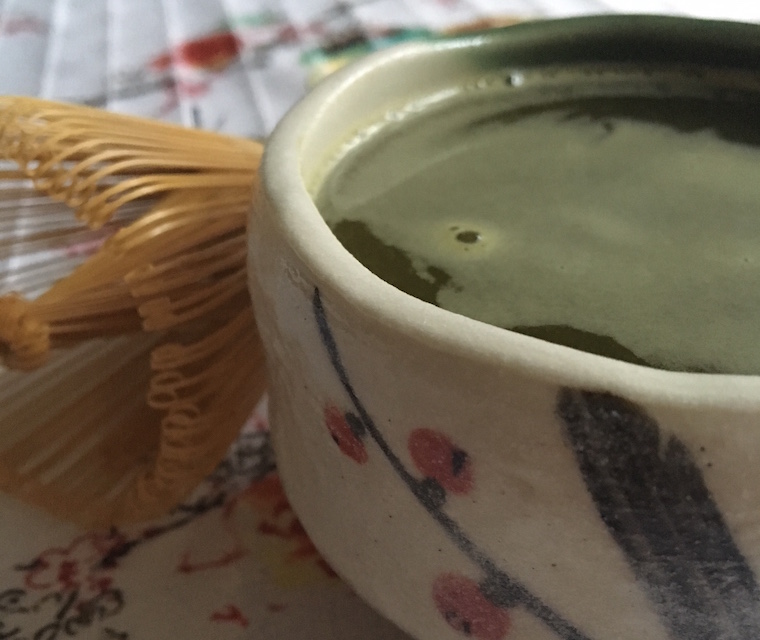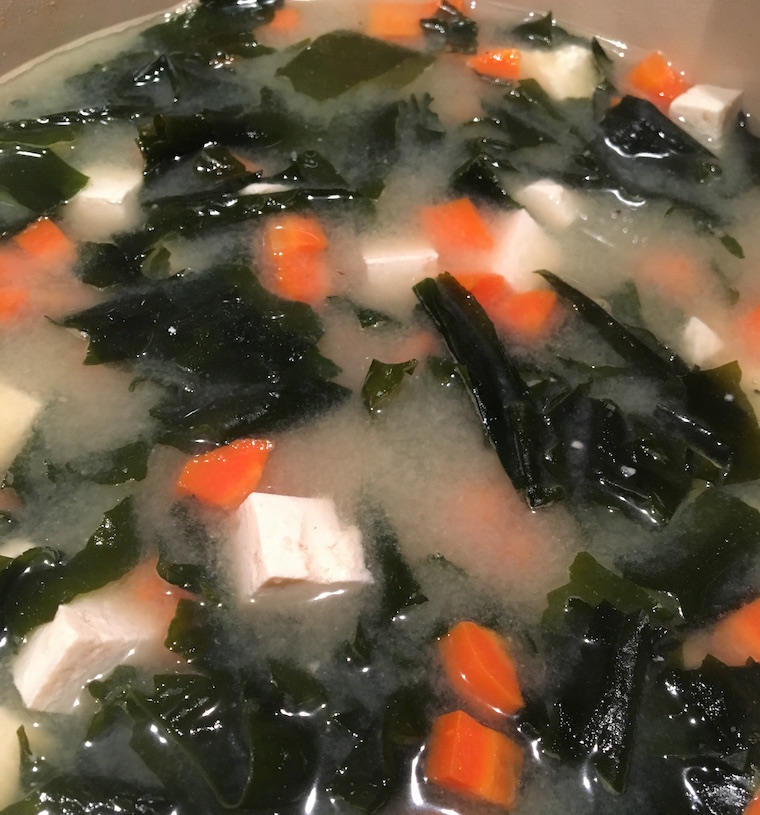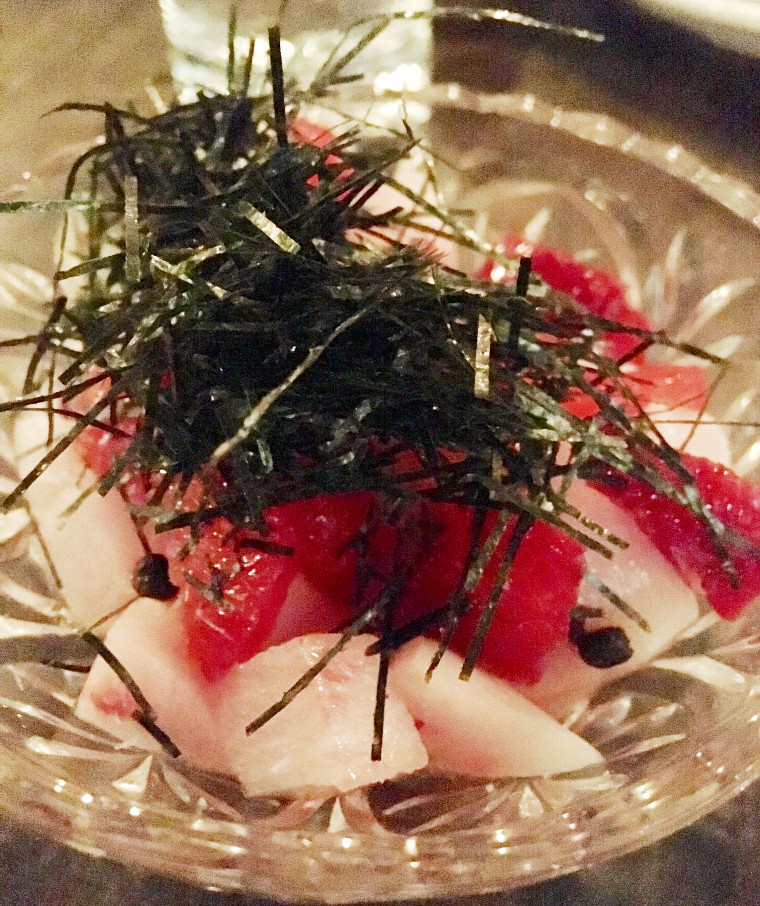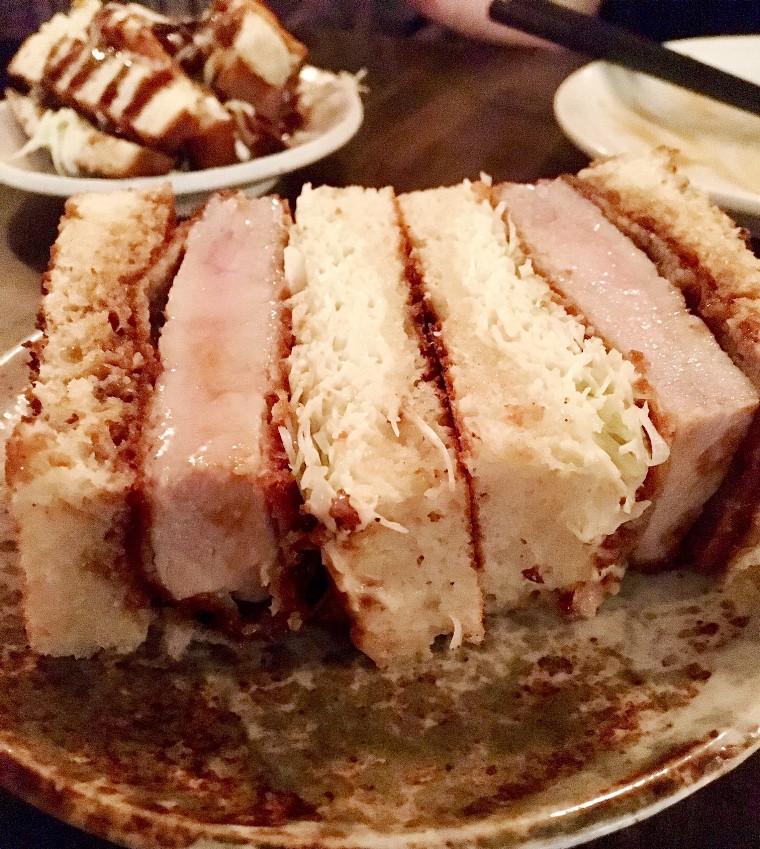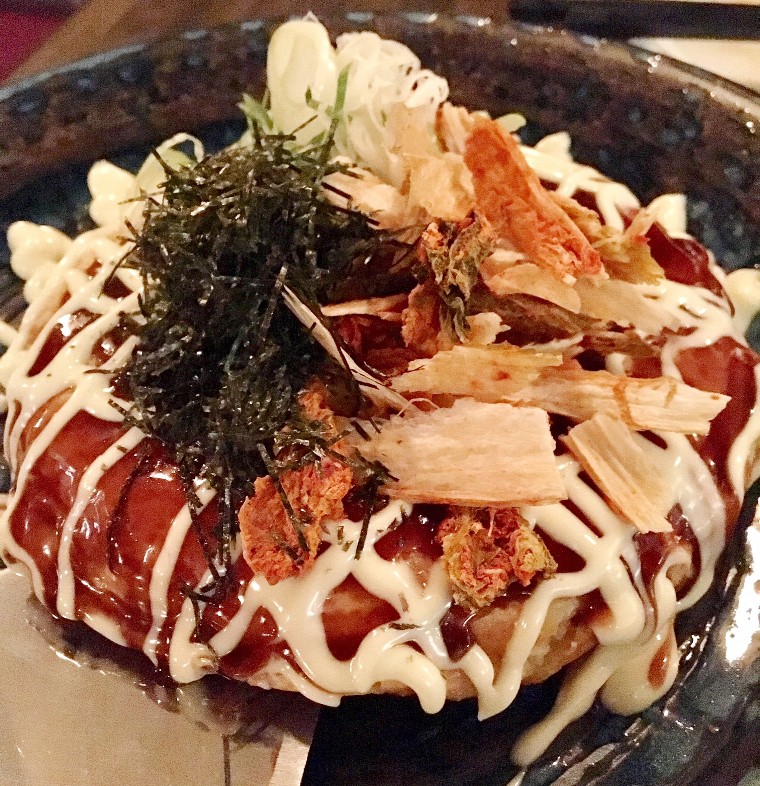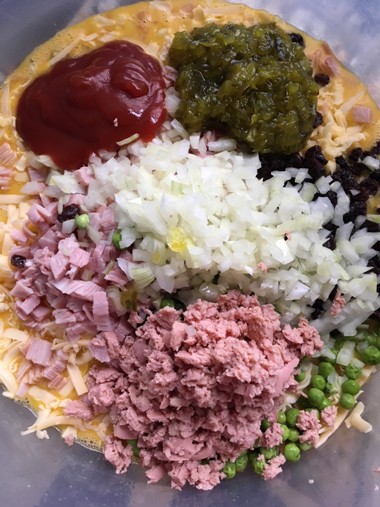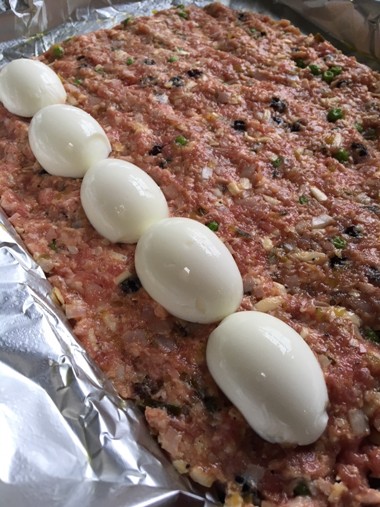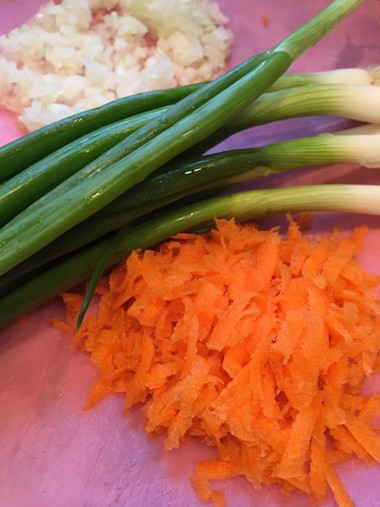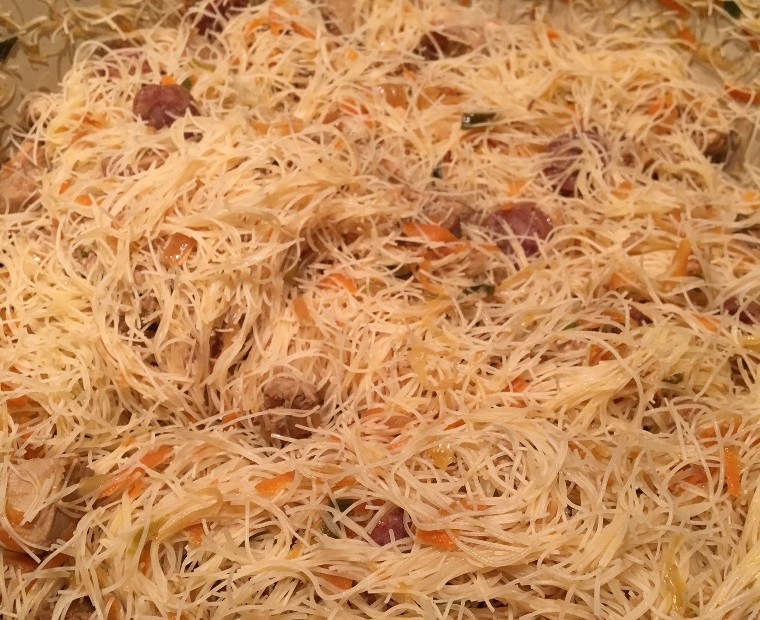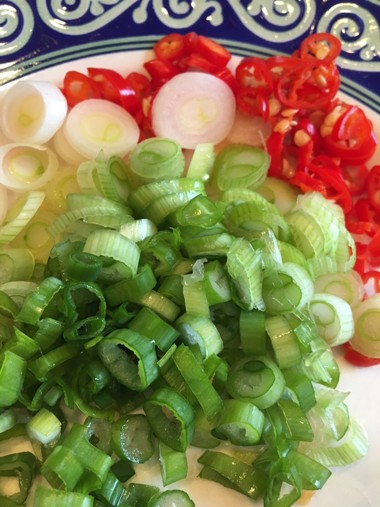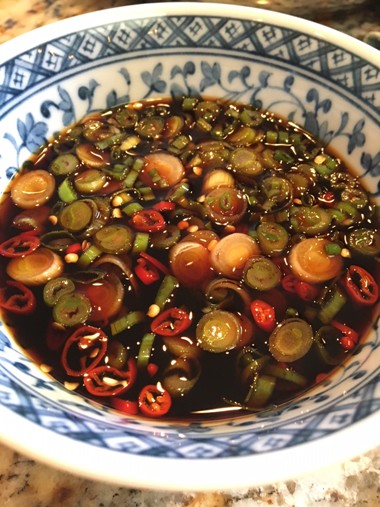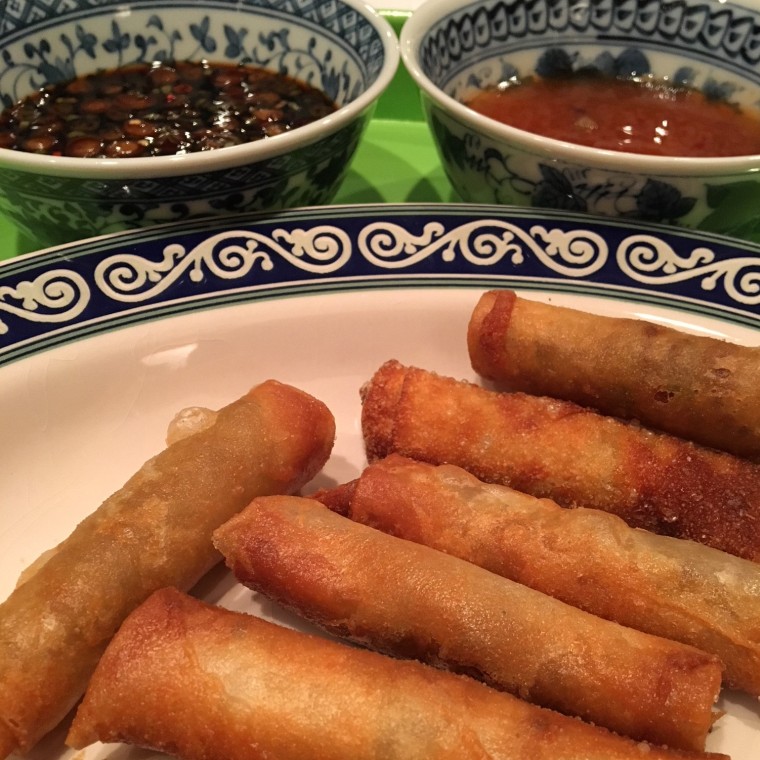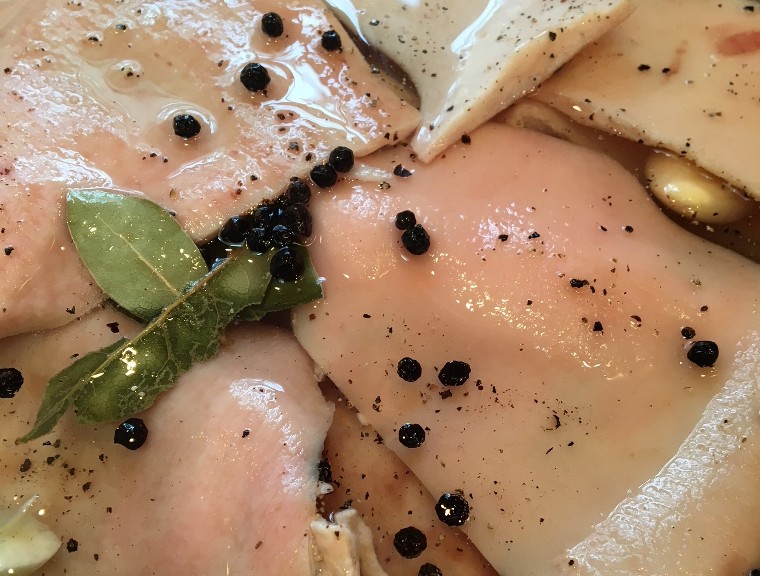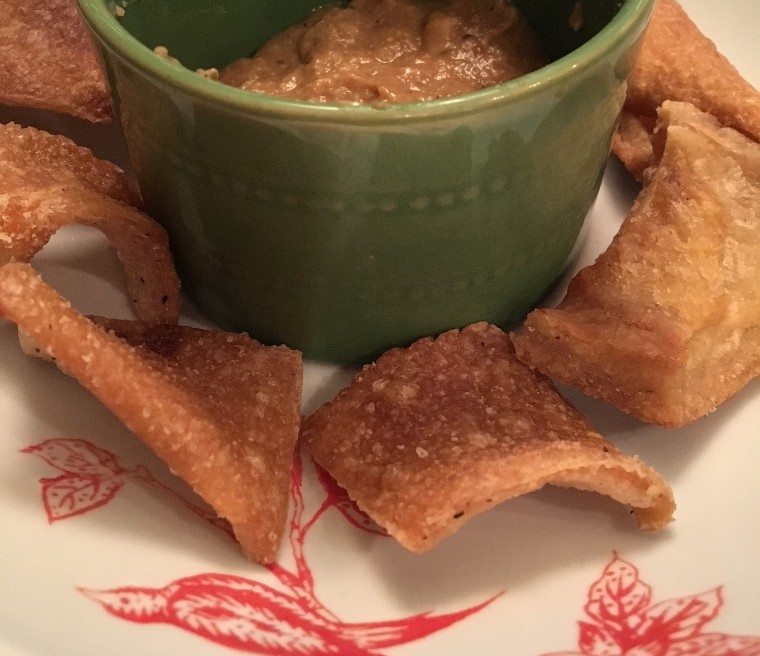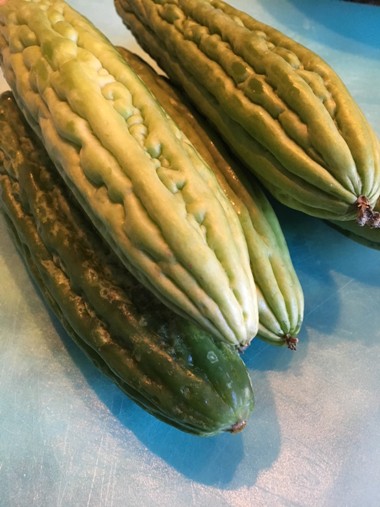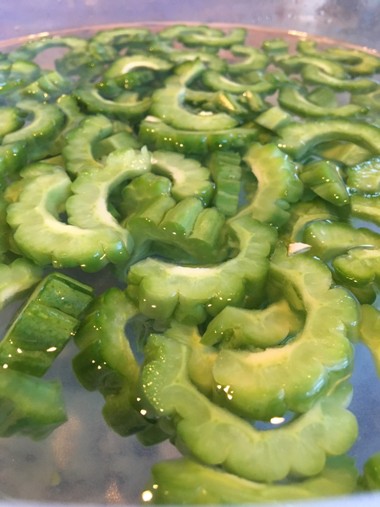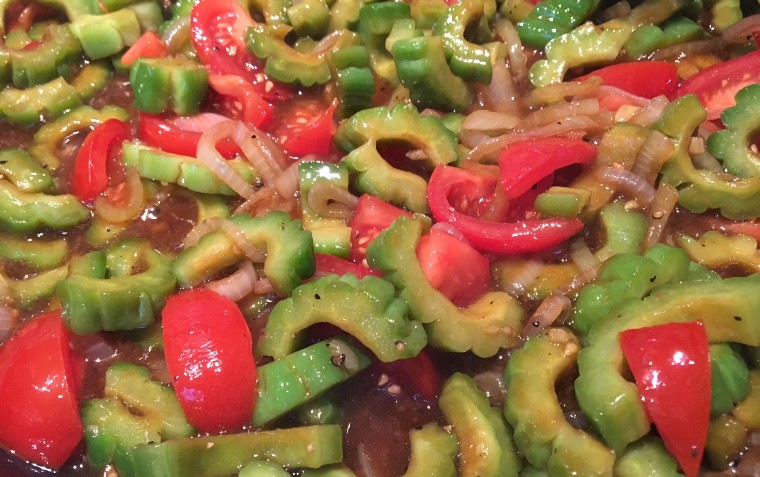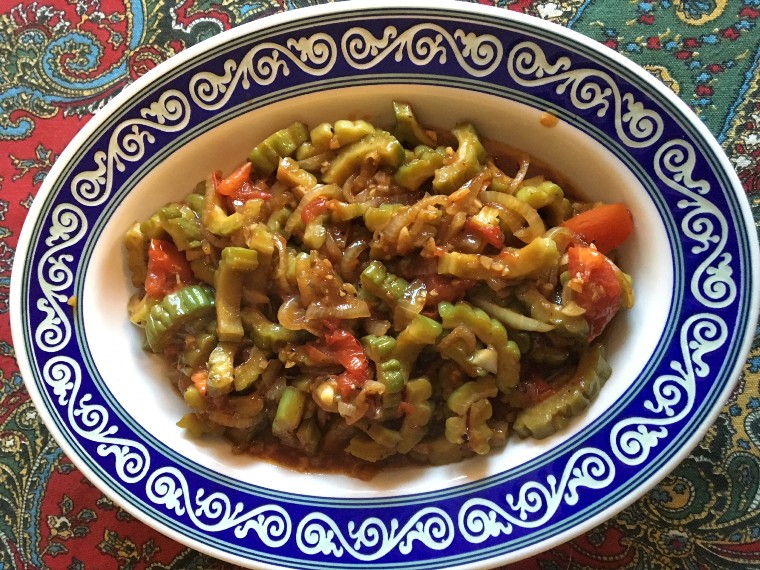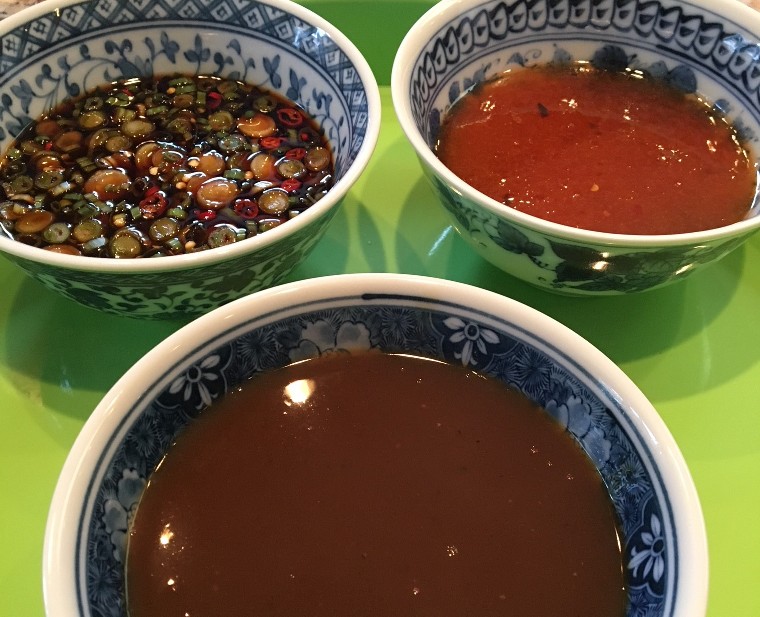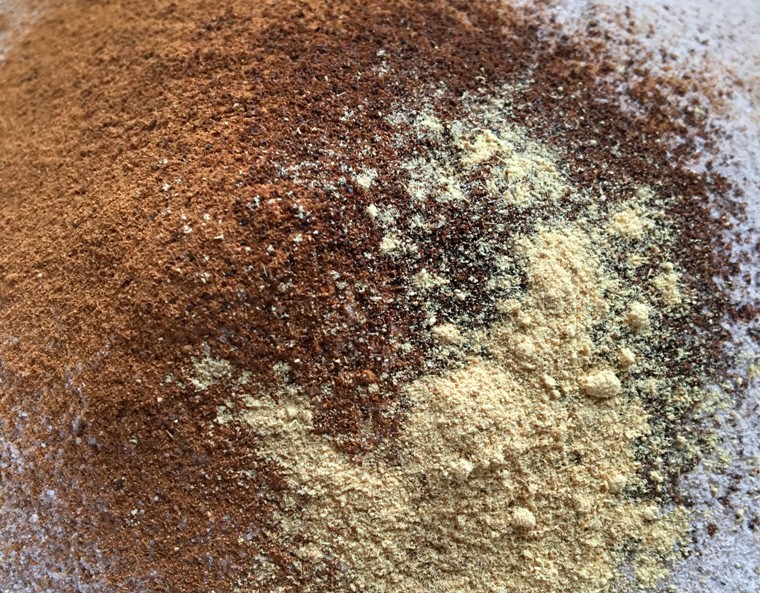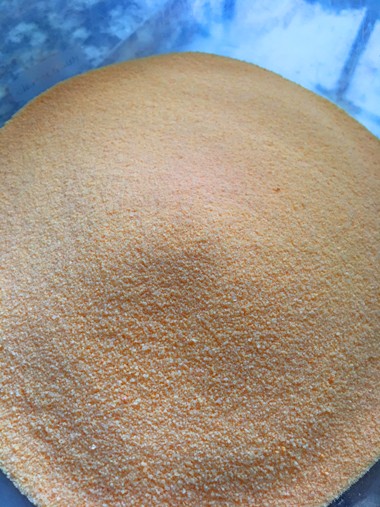Up until this month, I have never seen the appeal of eating ribs. From what I recalled, they were no more than a thin silver of tough and dry meat against a bone, and even worse they were messier than a Donald Trump speech. All that messy effort left more meat and flavor on my hands than ever got into my belly. As an adult, I have never ordered ribs in a restaurant, and I probably haven’t tasted them in two decades.
That all changed when we joined in a Southern-inspired meal at Missy and Joe’s. When she brought the ribs in from the grill, the meat was falling off the bone, perfectly flavored, and, best of all, substantial enough that three were enough to fill me completely up. They were, to put it mildly, a revelation.
Cut to our Fourth of July festivities, when Andy and I tag-teamed our own rib-feast for a quiet dinner with Mom and Dad. The preparation and execution could not have been simpler. (Andy said it was easier than hamburgers and hot dogs.) One of the tricks we were told was to use country style, or St. Louis, ribs. The baby back things are too small and don’t carry enough meat for my liking.
I took care of the first part, applying a generous rub of spices (at this point in my rib-novice learning curve, any pre-made rub would do), then tightly wrapping them in foil. Placing them on a foil-lined baking sheet (yes, all that foil is necessary, because a lot of juice will come out) I slid it into a 275 degree oven and cooked it for three hours and some change. (I’m told you can do 300 degrees for two-and-a-half hours, but I also read that slower cooking leads to more tender meat. I don’t suppose there’s that much of a difference to my taste buds, but if you’ve got the time, why not slow it down?) Soon the kitchen began to smell really good. When it was done, I pulled it out and let it cool for a bit so it wouldn’t fall completely apart for the grilling part. (Some sources claimed it was fine to refrigerate them at this point if you wanted to grill the next day, and that this also helped keep the meat together. We didn’t have time for such nonsense because it had to go in my belly at the first opportunity.)
Now it was Andy’s turn. On a grill set to high, he placed the rib racks (we cut each in half to make for an easier handling process) and painted each side with Sweet Baby Ray’s barbecue sauce. It only took a couple of minutes and an equal number of turns to get a nice color to them, and then they were done.
Paired with a bourbon peach sweet tea and some macaroni salad, these ribs are my new favorite thing. Your waistline may hate you, but your mouth is going to be supremely happy.




